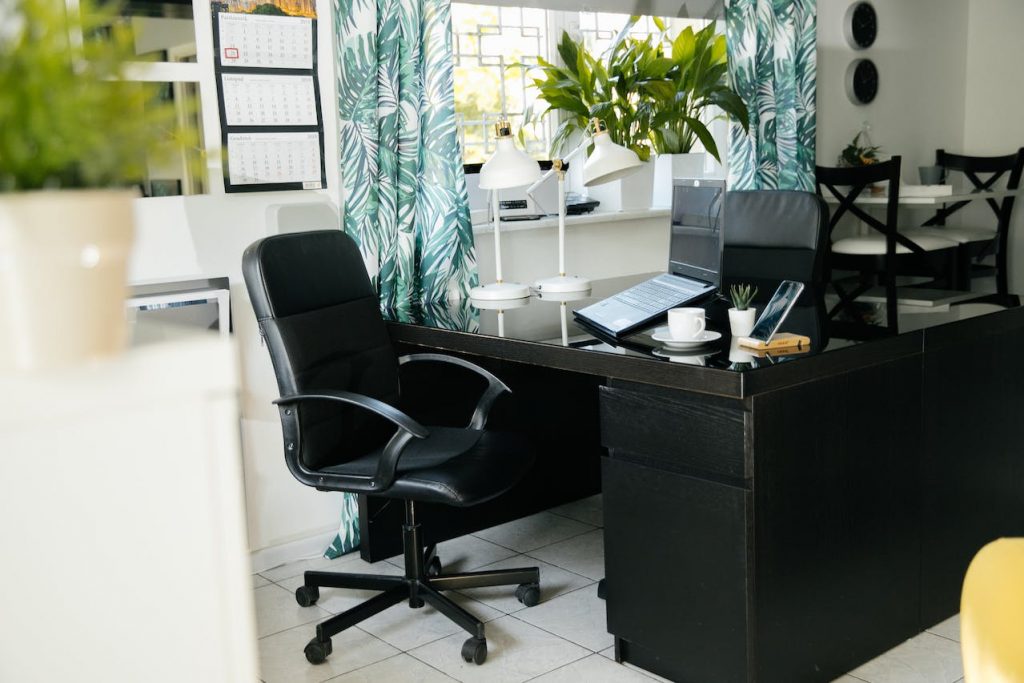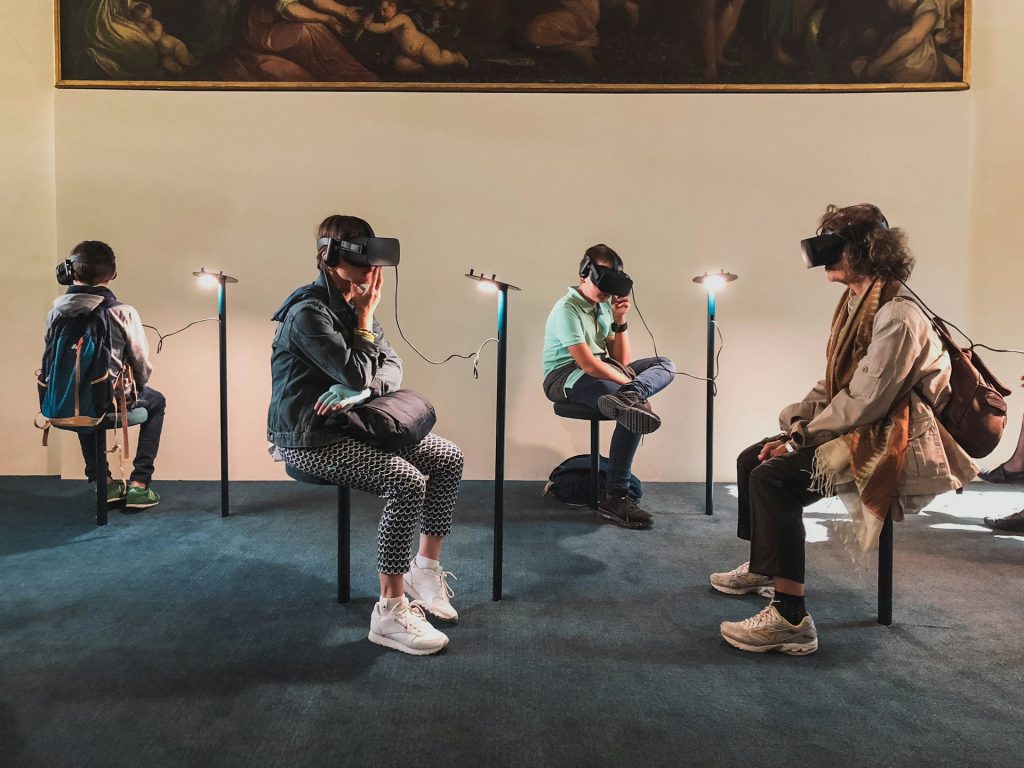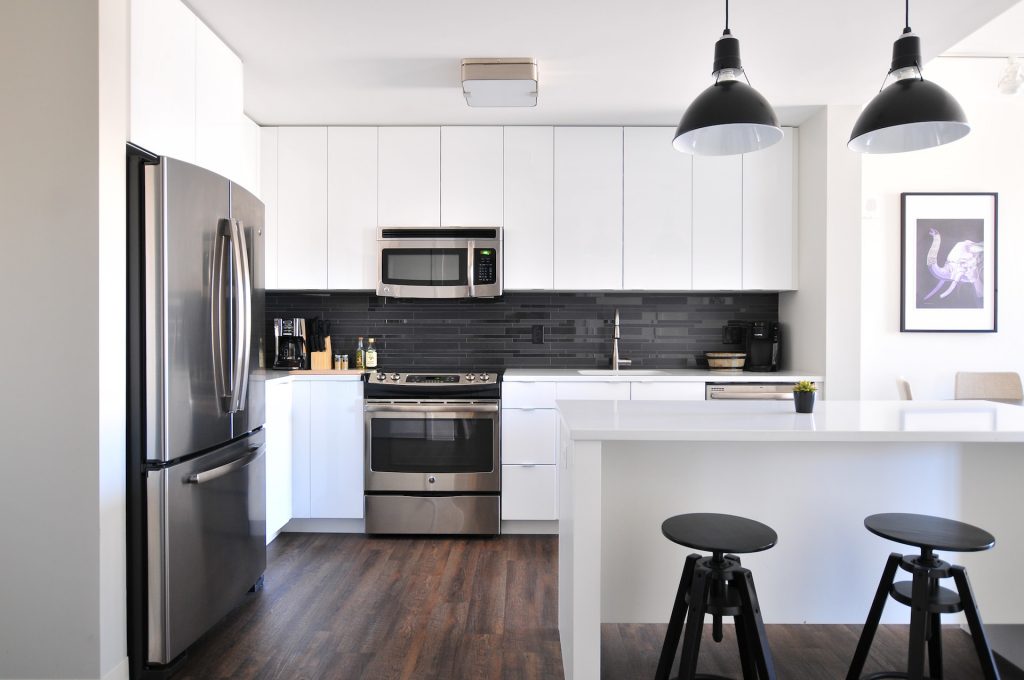The home office concept has evolved from a luxury to a necessity for many professionals. With the rise of remote working, creating a productive and comfortable workspace at home has become crucial. Here is how to achieve 'Home Office Zen' – a blend of productivity and comfort in your workspace.
Creating the Right Environment
Your home office is more than just a desk and a computer; it's a space where creativity and efficiency should coexist harmoniously. The first step is choosing the right location. Ideally, it should be a quiet area with minimal distractions. Natural light is a big plus as it boosts your mood and reduces eye strain and fatigue.
Ergonomics
Comfort is key in a home office, and it starts with ergonomics. Invest in a good-quality chair that supports your back and encourages good posture. The height of your chair and desk should allow your feet to rest flat on the floor, with your arms at desk level. Don’t overlook the importance of a good keyboard and mouse, which can reduce the risk of repetitive strain injuries.

Skylar Kang / Pexels
Aesthetics Matter
The visual appeal of your workspace can greatly influence your mindset and productivity. A clutter-free desk is a must. Use shelves and organizers to keep your space tidy. Personalize your area with plants, which add a touch of nature and improve air quality. Choose a calming color palette for walls and decorations; soft blues, greens, and neutrals are calming.
Technology at Your Fingertips
In this digital age, your home office needs to be tech-savvy. Ensure you have a reliable internet connection and the necessary software to perform your tasks efficiently. A second monitor can be a game changer for multitasking. Also, consider using noise-canceling headphones, especially if your home environment is noisy.
Lighting: Set the Right Mood
Lighting plays a crucial role in your workspace. Poor lighting can cause eye strain and headaches, reducing productivity. Natural light is ideal, but if that’s insufficient, add a combination of overhead and task lighting. A desk lamp with adjustable brightness and color temperature can help you stay focused and alert.
Stay Organized
Organization is the key to a functional home office. Use planners, digital calendars, or apps to keep track of your tasks and deadlines. Regularly declutter your space to ensure everything is in its place and easy to find.

Polina Kovaleva / Pexels
Comfort with a Purpose
While comfort is important, it shouldn’t encourage lethargy. A comfortable chair is great, but consider a standing desk or an ergonomic stool to keep your energy levels up for part of the day. Remember, the aim is to create a space that encourages productivity, not a space that makes you too relaxed to work.
The Sound of Silence (or Not)
Some people need complete silence to concentrate, while others thrive on background noise. Figure out what works best for you. If you prefer some background noise, consider soft music or ambient sounds. Apps and websites offer a range of sounds, like coffee shop chatter or nature sounds, to boost your concentration.
Taking Breaks is Essential
Working from home can blur the lines between work and personal time. Remember to take regular breaks. Step away from your desk, stretch, or take a short walk. This not only helps in reducing fatigue but also keeps your mind fresh.

Samson Katt / Pexels
The Bottom Line
Designing a home office that promotes productivity and comfort balances many elements – ergonomics, aesthetics, lighting, and organization. Remember, what works for someone else might not work for you. Personalizing your space to suit your needs and preferences is important. By achieving this balance, you can create a workspace that enhances productivity and supports your well-being. Welcome to 'Home Office Zen' – where work meets comfort in perfect harmony.
show more






















